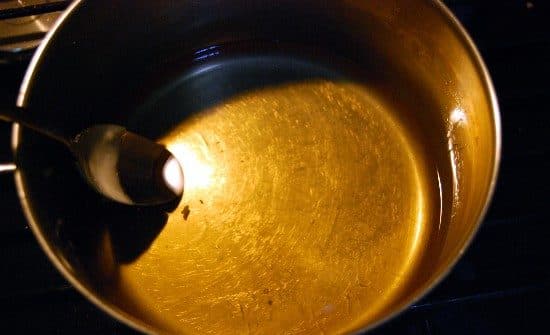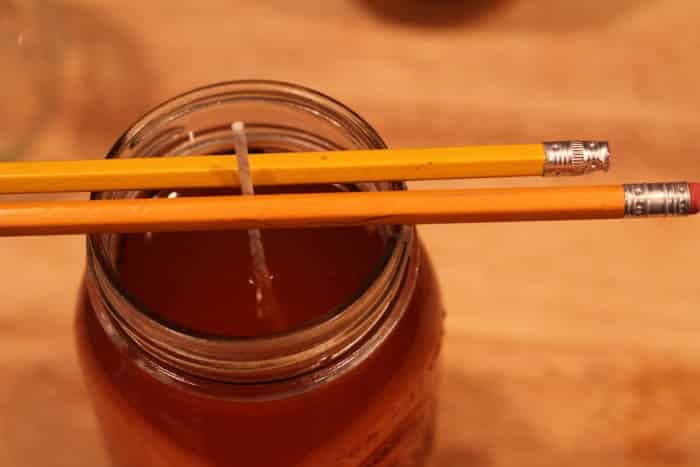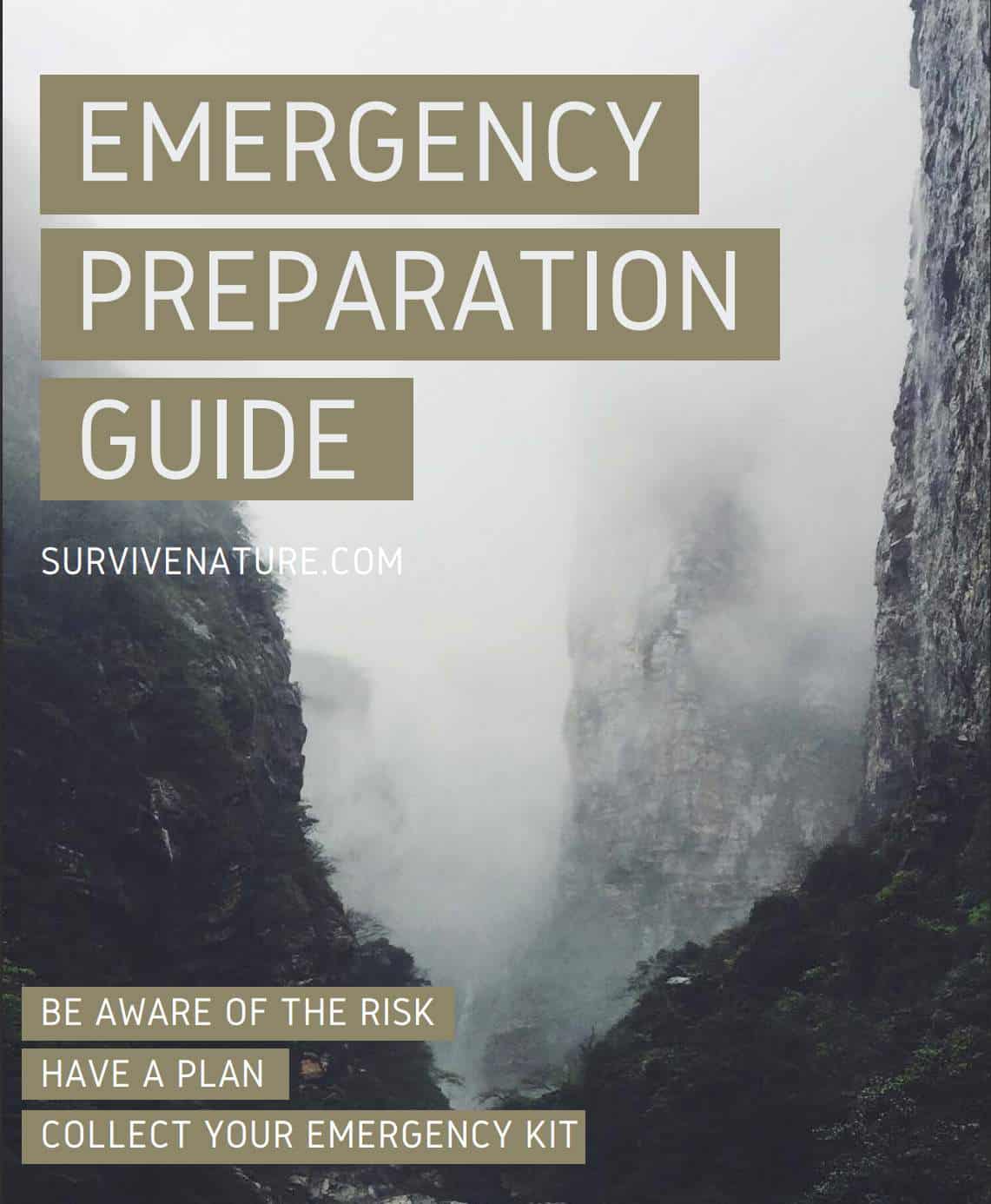While for some people in 2023, it may be realistic to discuss how to make and later use tallow candles, others already employ it as their hobby and are apt to save money on both purchasing candles and psychotherapy. Moreover, candles can be considered not only as a decoration or aromatherapy for your house but also as an emergency source of light. In general, there may be various reasons for thinking about making tallow candles.
However, first of all, it is needed to know what materials are used as for some it may be hard to find them, while others have loads of them and do not know how to wisely use them. It is not about beeswax or paraffin (however, you can find some similarities in the process), so whether you want to comprehend a new approach or just aim to render some animal fat and use the leftovers.
Making candles from tallows is considered to be one of the ancient technologies used by our ancestors all over the world more than 1000 years ago. In this article, you will get to know a great tutorial on how and why to employ this technique nowadays.
Why Make Tallow Candles?
Tallow candles have been a widespread good since the middle ages. Moreover, throughout human history, they were often made at home since beef suet, and other fat leftovers were found almost in every house. As time went by, paraffin and beeswax were becoming more and more expensive to purchase, so people mastered their knowledge of tallow candle-making. That is why nowadays it is still a great idea to try taking up a new hobby!
Undoubtedly, it is first of all needed to understand whether you need to try candle-making with tallow at all.
There may be uncountable reasons to start making homemade tallow candles, but we will list the most frequently met ones:
- you have to render animal fats often, and sometimes the leftovers occur, so you want to employ them in a helpful way;
- beef fat is softer than beeswax, so it is easier to employ as a hobby; making DIY candles from animal fats is time- and money-saving, though it is not a vegan and eco-friendly business;
- tallow candles are great for using as DIY emergency candles for a power outage – they are solid in cold temperatures and melt slowly when burned at medium heat;
- If not used for emergencies, you can create a fantastic decoration for your interior and add essential oils and colorants during the candle-making process. Moreover, you can also use various mason jars;
- You have lots of friends and free time, so you can use homemade tallow candles as a present for your closest ones to make sure they will be warm, safe, and sound when an emergency occurs.
All in all, you can find any reason and purpose for trying to make homemade candles, moreover since it takes just a few materials and little effort. In the further article, you will know how to make tallow candles and what ingredients you will need.
How to Make Tallow Candles
So, if you are still with us until this deep, you are definitely interested in creating your self-made tallow candle. Let’s start with what you will need to make tallow candles:
- canning jars of any size corresponding to the amount of tallow you have and the length of a wick;
- tallow or lard;
- a wick per one jar;
- double boiler (optional, if you do not have one, there is a hack for you).
Luckily, there are no exact measurements for using these materials, as you can use any amount of tallow depending on how many candles you want to produce. However, note that melted tallow will take less place than the solid one.
First of all, you will need to melt the rendered tallow (we will guide you on how to render tallow or lard further). Place it in a double boiler. If you do not have one, you can just put tallow chunks into a chosen can and place it into the pot half-filled with hot water. Generally, using this method is way more convenient than using a boiler since there seems to be no need to clean it afterward.

When you notice that the chunks become malted tallow, put it off the heat and start preparing the jars and wicks. The ongoing stage is probably the hardest one of the whole process. Imagine you are pouring the melted tallow into the jar and want the wick to stay at its center. Quite a tricky moment, isn’t it?
However, here are some useful tips to employ to make it less complicated:
- You can hold the end of the wick with two sticks or pencils lying on the top of the jar;
- Try using a hot glue gun to stop the end of the wick at the bottom of a jar;
- Place the tape on the top of a jar and stick a hanging wick to it so it will not fall.

After the tallow cools down, you can proceed to pour it into the prepared jars. Note that it should not become solid, just a little cooler than it was in the pot.
Do not be very upset if your very first batch did not do very well. For example, some homemade tallow candles may have stayed soft instead of becoming as hard as common candles found in the shops. However, it should not become a problem (until the tallow or lard is too liquid), and the burning light should still appear.
Many people are afraid tallow candles are giving off a rotten meat smell. However, it is really hard to notice any odor from a burning homemade beef tallow candle. Nevertheless, it still has an unpleasant scent while rendering.
How to Render Your Own Tallow
If you want to get melted tallows, you first have to find or make tallows themselves. If you rarely have big amounts of animal fat, a great idea will be to ask your local butcher if they have some unneeded beef suet, which can also be found in bone broth. You can use any fat, from beef fat to deer tallow or lard, to make a custom candle.
Fill a pot with chunks of fat. Add a little amount of water and leave the pot in the oven at 250 degrees Fahrenheit. You should heat it carefully and keep an eye on it since the fat may burn. So, stir it periodically and turn the heat off when the fat becomes liquid. Now cover the pot with a cheesecloth and leave it to cool down. You will notice the tallow dividing from the fat and raising upon it, so you can take it away and place it in another pot.
You can repeat the procedure again if you want to obtain perfectly clear tallow. After you get the tallow of desired quality, cool it and cut it into blocks for comfortable use in the future. Otherwise, you can use the fresh tallow immediately to make the candles.
Dipped Candles vs. Molded Candles
There are two kinds of candles in general – dipped and molded ones. The names come from the used techniques of placing the wicks. Dipped candles are those we already discussed; they have a wick dipped into the tallow, so the wick stays in the jar.
Molded ones are made using a rubber or glass mold. Even though it is way easier to use molds for making candles, the molded tallow candles give a weaker light than dipped ones. However, there is no perfect recipe since some people claim that molded candles are likely to be burning longer.
Moreover, for those who have dealt with soap-making, using molds will be of no difficulty at all.
Beeswax and Paraffin Candles
Now, let’s discuss some pros of using tallow instead of wax or other materials for candle-making:
- Using beeswax often requires having your own hives, which is an expensive and complicated business for a beginner. If you buy wax, you are likely to spend a fortune on it. Even though the wax made by bees is more pleasant by the scent and is more flexible, it is usually employed for special decorative candles, and there is a little possibility they will be used in an emergency since they are easy to snuff out and the flame burns faster.
- Paraffin is also an expensive ingredient and is likely to crumble while preparing. It also has no scent, so you will have to add some essential oils to obtain a good aromatherapy experience.
Some Useful Tips on Homemade Candles
The beginners usually make some widespread mistakes that may distract them from the desire to finish the process or try again.
To prevent it, we created a small list of popular mistakes and how to avoid them:
- Pour melted tallow into prepared and heated jelly jars. If the cold jars touch boiling hot wax or tallow, they can break or even explode, which is a risky experience.
- To use your candles as tallow emergency candles, do not add any specific ingredients and check if the wick burns intensively without tallowing on it.
- If you want to avoid a tallow smell completely, add some essential oils to the canning jars with cooling tallows and mix them together.
- You can store a finished candle for an unlimited period of time, and nothing will happen with it if the storing conditions are followed. Store the tallow chunks in the container in a cool place.
- Do not use spoiled fat or spoiled deer tallow. Otherwise, you will get a horrific smell at your cooking place.
- If your candle got tunneled, just reuse it by melting the left tallow right in the jar.
Frequently Asked Questions – FAQ
What Was the Problem with Tallow Candles?
The most popular problem that occurs when preparing candle-making is that the meat fat gives off a terrible odor which is hard for some people to resist. Another problem while making your homemade tallow is that a lot of smoke occurs because of melting fat.
Do Tallow Candles Smell?
Luckily, the finished candles have no scent at all; that is why many people usually add some oils to the candles. However, be ready to smell some noxious scents while preparing the tallow to become a candle.
How Long Do Tallow Candles Last?
Tallow candles are not called emergency candles accidentally. An average candle lasts more than a week being used regularly. An inch-sized tallow candle can be used for almost two weeks! Do not forget to reuse your candles by melting them again.
What are Beef Tallow Candles?
Beef tallow candles are those made with rendered beef fat. The fat is being boiled, and the left water is skimmed. The resulting surface is called tallow and is filtered several times. Later, it becomes the material that gives durability to candles.


